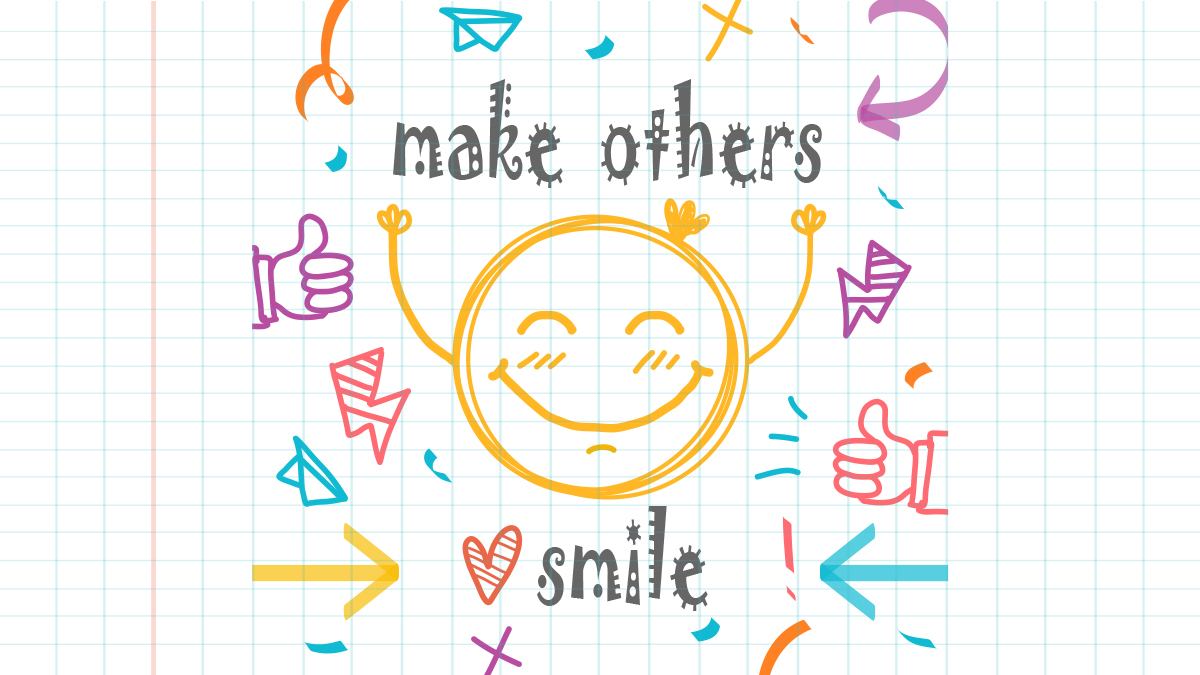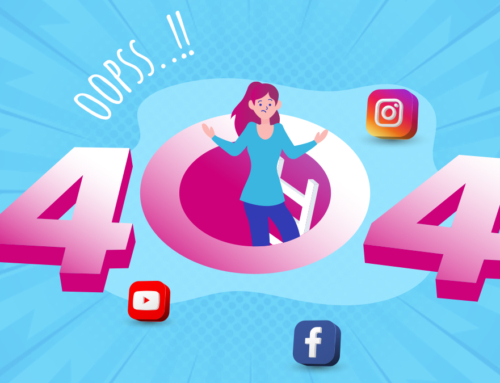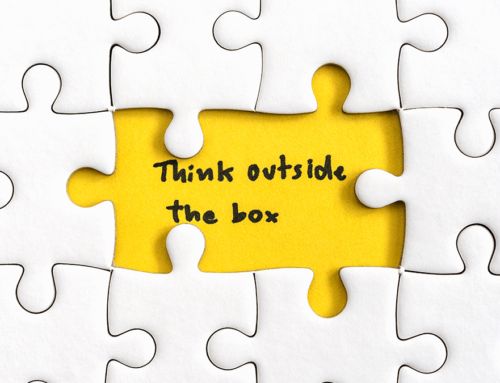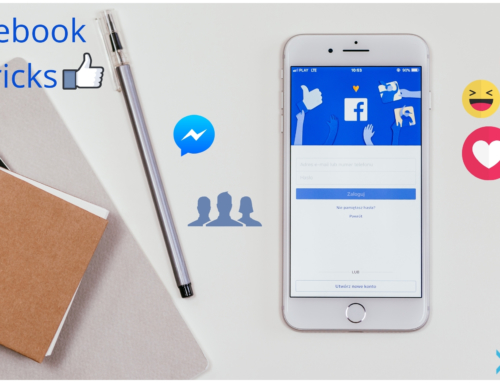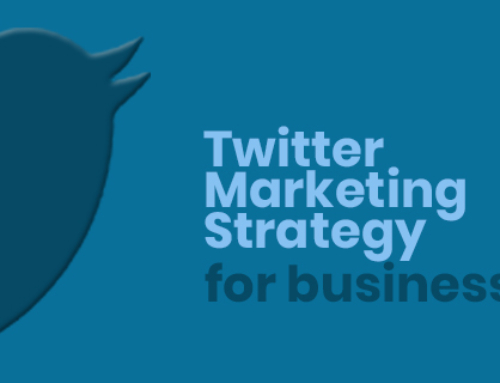Tom and Jerry are perhaps Disney’s most violent characters scripted so far. They are always plotting against each other, causing one another physical injury, yet everything about them seems funny! Everyone on this planet knows them and ADORES them. Such is the power of comedy. Take away the comic element, and Tom & Jerry could turn into gore.
Laughter is as contagious as yawns, and as a communication tool, humour has gained special favour with millennials, the most influential consumer community worldwide. Millennials, unlike their predecessors, have a different take on life; they live it with a pinch of comedy. More empathetic, bold, and diversity-indulgent, millennials are the birth givers of the era of Stand Up Comedy. Let’s explore why.
A comic narrative allows a brand to do something refreshing, positive, and happy. Humour-inciting storylines have captured the marketing spotlight because of the sheer brilliance in communicating serious messages and solutions easily and effectively, i.e., with a smile. Comedy, therefore, acts as much-needed relief to create calm and comfort for consumers. In addition, it inspires engagement, strengthens B2C interactions, and forges loyal patronship.
In fact humour has multiple positive attributes. It invokes goodness, tolerance, acceptance, transparency, and all things positive.
5-Star, Alpenllibe, Sprite, Snickers, Fevicol, Ambuja Cement, Godrej Security Solutions, Fevi kwik, Oyo, Disney Hotstar, Swiggy, and even credit card brands like CRED have illustrious comic ads that immaculately depict the relevance of humour in brand communication.
“In today’s overworked, under-appreciated, stress-filled, sleep-deprived culture, Humour is a necessity.”
Laughter is as contagious as yawns, and as a communication tool, humour has gained special favour with millennials, the most influential consumer community worldwide. Millennials, unlike their predecessors, have a different take on life; they live it with a pinch of comedy. More empathetic, bold, and diversity-indulgent, millennials are the birth givers of the era of Stand Up Comedy. Let’s explore why.
The internet explosion has presented itself as an opportunity for mass interactions. Everyone has something to say and expresses to be heard. Unfortunately, this has suddenly opened the floodgate to a tsunami of hate culture & trolling. Multiple studies show a strong link between the rise of online negativity and the metamorphosis of comedy-prone content; in fact, millennials find ‘comic relief’ a go-to haven that protects them from being a target of bullies. It’s the same with brands.
In current times, unorganized opinions govern online communication. There is too much of it and too vulnerable. Out of the vulnerability rises the need for humour. Humour mitigates tension; it kindles happiness and connection. It endorses a judgment-free space for exchanging dialogues. But most importantly, humour nurtures tolerance and acts as an antidote to hate-mongering.
The laughter-invoking commercials of Coca-Cola and Pepsi over decades depict healthy brand rivalry. Comedy, being the central plot of their advertisements, helped dilute the competitive tension, which otherwise may have been misrepresented as maligning and hurtful to the brand’s loyal followers. By infusing humour, both brands could mitigate consumer polarisation and make the commercial look more like a fight between two friends. By humanizing the rivalry, both brands attained favourable attention from consumers worldwide.
A very thin line separates humour from satire or dark comedy. Sarcasm and dark comedy differ from humour in ‘intention.’ While humour purely focuses on a light-hearted comedy, the intrinsic characteristic of satire and dark comedy is to demean by mockery. While humour can fit well into any context, parody and dark comedy are not as safe a choice.
A very thin line separates humour from satire or dark comedy. Sarcasm and dark comedy differ from humour in ‘intention.’ While humour purely focuses on a light-hearted comedy, the intrinsic characteristic of satire and dark comedy is to demean by mockery. While humour can fit well into any context, parody and dark comedy are not as safe a choice.
Uncomplicated plots: The intention of humour is to make people laugh. Complex, difficult-to-understand narratives can kill much of the fun. Therefore, keep it simple and straight.
Use of surprise: Be unpredictable. The idea is to surprise the audience with a memorable twist in the plot. Explore and experiment with unconventional ideas.
Time it right: Timing is a critical factor in comedy. Don’t break into surprise before the time is right. In comedy, you have to exercise control over how the audience thinks and feels, and just when they are sure of something, change it with humour.
Understand the audience: Not everyone shares the same sense of humour. Therefore, research your audience’s interests. Understand what type of humour is relevant for your brand and then align it with relatable brand ideology to develop a storyline.
English actor, comedian, screenwriter, and producer John Cleese correctly suggests that laughter connects us as a human race. He states, “It’s almost impossible to maintain any kind of distance or any sense of social hierarchy when you’re howling with laughter”.
A successful marketing strategy brings people together, people of different castes, communities, faith, and professions. Humour can do the job well. A little bit of absurdity, surprise, mismatch, and comic timing can go to great lengths to impress and convert consumers. After all, who doesn’t fancy a good laugh in the face of existential dread?

